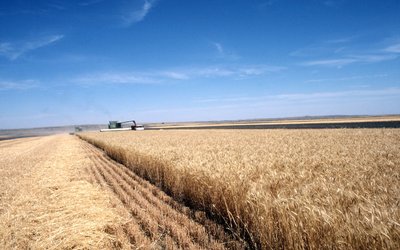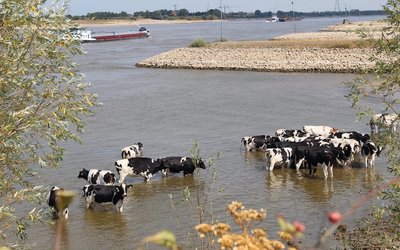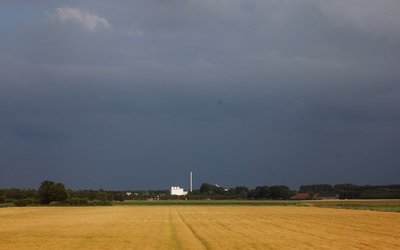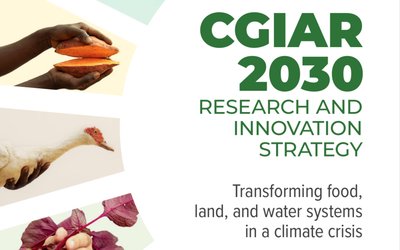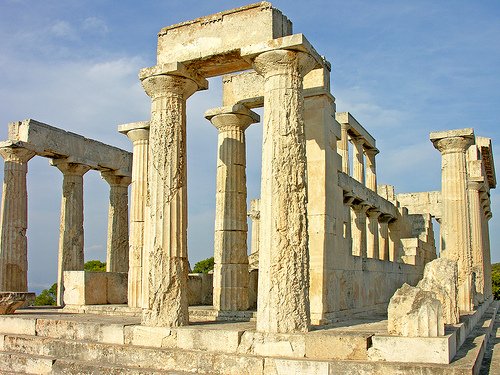
For agriculture in 2021–2050 compared with 1961–1990,
- maximum length of dry spell (i.e. spell where precipitation is less than 1 mm per day) may increase by 10 – 20 days;
- the number of days where maximum temperatures exceed 35°C, when the productive stage of crops may be unfavourably affected, tends to increase by 10–20 additional days;
- the number of frost nights, which is a very important factor especially for sensitive crops such as orange and lemon groves, probably reduce by 10-15 days;
- the length of the growing season, defined as the changes in the number of days between the last day of spring frost and the first day of autumn frost, increases by 10-20 days.
For urban areas in 2021–2050 compared with 1961–1990,
- the number of days with temperature exceeding 35°C is expected to increase in Greek cities, probably by 10 to 20 additional hot days per year;
- the number of warm nights per year, defined as nights where night-time temperature is above 20°C, will generally increase, probably by about an extra month per year;
- approximately 5 to 15 extra days per year will require cooling (air conditioning);
- practically all urban areas in Greece will experience 15 (±8) fewer days requiring heavy heating per year.
For tourist areas in 2021–2050 compared with 1961–1990,
- the number of days where temperature is above 35°C will probably increase by 5-10 days;
- the number of warm nights per year (above 20°C) will probably increase by about a month;
- the length of the tourism season, defined as days with maximum temperatures above 25°C, will probably increase by more than 20 (±7) additional summer days in all tourist areas of Greece. This estimation may increase to 30 (±7) (i.e. an extra month per year) in coastal areas of Crete.
Source: Giannakopoulos et al., 2011. Regional Environmental Change 11: 829–843.
Photo: Dennis Jarvis (www.flickr.com)

